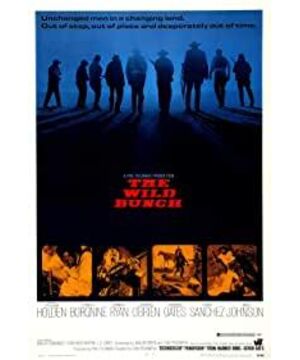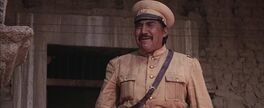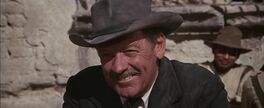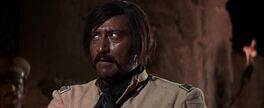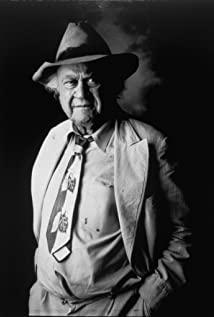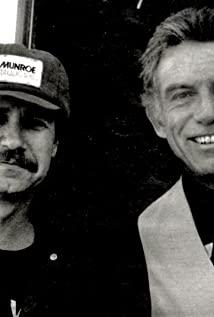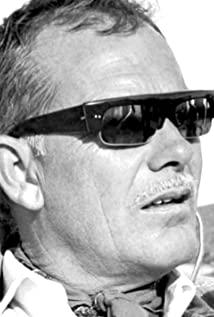Swarms of ants are frantically biting at a scorpion several times their size. The picture is constantly switching between black and white fixed-frame shots and colored motion mirrors. This is the beginning of Sam Packington's western film "Sunset and Yellow Sand". With montage, slow motion, and color, these most essential film elements will be The performance of those instincts is frozen in this moment. The metaphorical montage technique used in the film at the beginning seems to have made the final fateful arrangement for the ending of the film early in the morning. No longer a classic cowboy showdown, just tired cowboys and an aging western. The use of montage techniques in the film is mostly parallel montage interspersed with a small part of psychological montage. For example, when Tisci recalled being with Parker, it was obvious that the descriptions of these small psychological montages were mainly to better shape the relationship between characters and the images of characters. The description of the parallel montage is mainly about the connection of the plot. Another example is the behavior of Pike's gang in the sauna room. While drinking and enjoying themselves, they are discussing countermeasures, which indicates the escalation of their conflicts in the future. Eventually move towards separation and lay the groundwork. Judging from the year this film was born, it was largely influenced by the French New Wave film movement, so it may not have been overcomplicated in the use of films in the early years. Great closeup! Great closeup! Great closeup! When the last shot of Edwin Potter's "The Great Train Robbery" appeared, with the development of the language of the shot, the close-up also became more powerful to reveal specific meanings. In this film, Close-up, very enthusiastic to show the characters in front of us, and instill their emotions into your mind very directly. In addition to the close-up, the slow-motion elevated shooting seems to show everything on the screen, frame by frame, such as the almost real explosion of an iron bridge, and the people and horses on the bridge fall into turbulence during the collapse. The undisguised violence, blood plasma, gunfire, blood and death in the film are in sharp contrast and give people a different kind of poetry-like beauty! Western films are the representative of genre films, and the graphic visual images in genre films always use color to serve the plot, often making everything clear at a glance, ignoring the aesthetic enjoyment of color. However, the color of this film was applied to the rendering of emotions and the shaping of characters, which was commendable at the time. The role of color in different stages of the film is completely different. The first 40 minutes are fire, blood, and red that will burn everything out. The emotional tone is anger and greed! The middle 40 minutes is green, vitality, life, wonderful game and a chance of survival, but it is a cruel emotion with strong contrast! The last 40 minutes are yellow, sandstorm, wilderness, loss and lost pessimism when all the dust has settled. It can be said that color is truly given life in this film. It is called the pinnacle, because the violent aesthetics in this film is a clever use of montage, and the strong and emotional colors are used to completely stimulate people's visual senses and make people enjoy a The beauty of violence! But it's not just to create this kind of violence for the pursuit of blood-thinning male hormones. Sam Packington's genius is this: he never thought violence would solve any problems, and he would never play with blood!
View more about The Wild Bunch reviews


